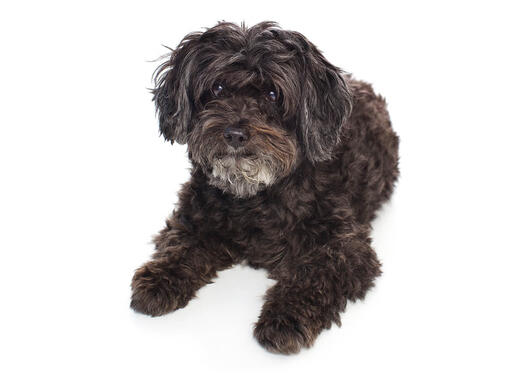Schnauzers
Country of Origin: Germany
The original Schnauzer is the Standard size, and while it is known as the Mittelschnauzer in its homeland to distinguish it from the Miniature and the Giant, it is more usually just referred to as the Schnauzer.
The Schnauzer has been a working farm dog in Germany since at least the 14th century where it took the role of a fearless terrier largely employed to kill vermin. But they could also turn their paw to flock-guarding, property guarding and cattle driving.
The ancestry of the Miniature Schnauzer is not quite so clear, although we know it dates from the end of the 19th century. It is commonly believed that the Schnauzer was crossed with the Affenpinscher to create this miniaturisation, but there are also experts convinced that Miniature Poodles, Pomeranians, Scottish Terriers and Miniature Pinchers could have contributed to the breed. The original idea was to produce a smaller vermin killer but they soon became better known as companion dogs.
The Giant Schnauzer however was created by farmers wanting a much stronger working dog to work mostly as a cattle drover and a guard dog. The original Schnauzer was crossed with breeds such as the Rottweiler, the Great Dane and the Bouvier des Flanders - as well as with local herding dogs.
Poodle
Country of origin: Germany
The original Poodle is the Standard Poodle, a water retrieving dog. Their unusual haircuts were not about fashion, but rather a way for owners to make sure their dogs didn’t get waterlogged and become too heavy to swim easily in lakes. While keeping the vital organs and joints protected, much of the rest of their hair was shaved off. The Miniature and Toy Poodles were created purely as smaller versions of the original Poodle for owners who didn’t want such a large dog but were enchanted by their personalities and enthusiasm for all kinds of work.
The Schnoodle can have any combination of the two breeds in their size, appearance, behaviour and temperament.









